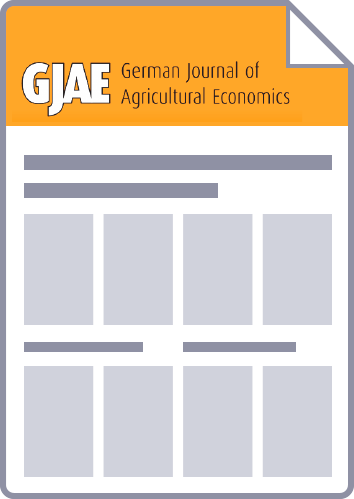Meat MarketNational and international meat markets recovered in 2002 from the disturbances recently caused by animal diseases (BSE, FMD). Relaxed trade restrictions allowed world trade to grow at an overall rate of 2.5 per cent as against only 1 per cent in 2001. In several world regions as e.g. North America, Oceania and Russia, however, higher beef production also resulted from increased slaughter due to widespread draught. Initial prospects of rising beef prices could therefore not gain ground. With a rate of around 3 per cent world pig meat production is likely to have increased even faster than beef. It may have slightly surpassed a total of 94 mt in 2002. Trade in pig meat was stimulated yet only at depressed prices. Similar developments characterised the world markets of mutton, lamb and goat meat while the upward trend of poultry meat production continued at somewhat reduced annual rates.EU Member countries exhibited varying trends in beef production and consumption. EU beef exports still struggle to resume pre-BSE levels and the WTO quota of allowed subsidised exports was filled at only 60 per cent in 2001. Pig meat consumption rose a bit in 2001 at the expense of exports and without attracting higher imports. In 2002, however, another increase in pig meat exports is expected but again without WTO restrictions to become binding. Poultry meat production and consumption continue to increase in the EU with around 70 per cent of EU production falling to chicken. With various processed and convenience products, however, turkey (20 per cent of EU poultry production) remains the most dynamic section in the poultry market.



